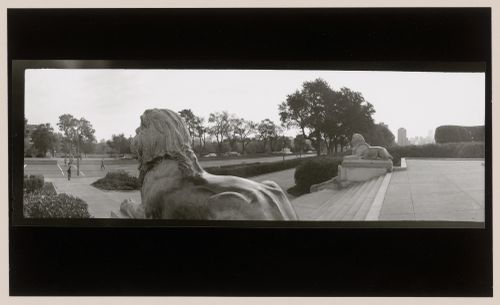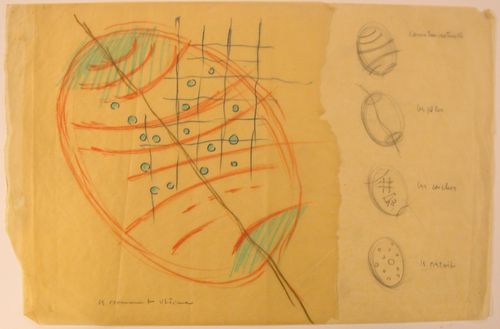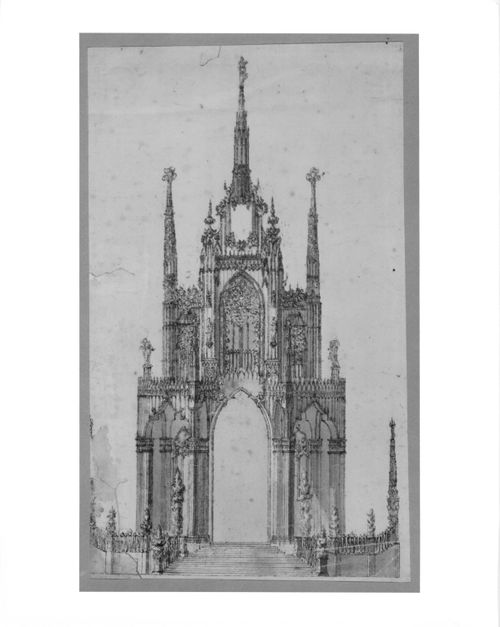PH1989:0197
1988
DR2007:0025
1985
ARCH6416
1933
drawings
ARCH276563
1964 - 1965
drawings
1964 - 1965
drawings
ARCH276566
1964 - 1965
drawings
1964 - 1965
drawings
ARCH183852
between 1923 and 1933
drawings
between 1923 and 1933
textual records
DR2012:0012:100:016
Description:
Ring binder and two spiral-bound books containing documents in English (predominant) and French, including reference materials related to the Royal Canadian Navy monument. Includes a photocopy of Customs and Traditions of the Canadian Armed Forces, by E.C. Russell.
1980, 2009
Reference materials, Canadian Navy monument, Ottawa, Ontario
Actions:
DR2012:0012:100:016
Description:
Ring binder and two spiral-bound books containing documents in English (predominant) and French, including reference materials related to the Royal Canadian Navy monument. Includes a photocopy of Customs and Traditions of the Canadian Armed Forces, by E.C. Russell.
textual records
1980, 2009
DR1982:0068
architecture
ca. 1800
architecture
works of art
DR1983:0350
17th century
works of art
17th century
Project
AP075.S1.1990.PR03
Description:
Project series documents Cornelia Hahn Oberlander's landscape design for the United Nations Peacekeeping Monument in Ottawa, Ontario. Oberlander worked on this from 1990-1993 with Richard Henriquez & Partners and sculptor Jack Harmon. Together, they won the design competition organized by the National Capital Commission in 1990. The monument is situated between the National Gallery of Canada and the United States Embassy, between St. Patrick Street and Murray Street. The monument consists in three bronze cast figures of peacekeeping soldiers on a granite slab. Oberlander elaborated the planting scheme and designed "an oval grove of twelve oak trees representing Canada's ten provinces and two territories [...]" [1], except Nunavut that was still included in the Northwest Territories at the time. The project was completed in 1993. Project series contains ten landscape working drawings, including a site plan, landscape sections, planting and grading plans, and an irrigations plan. The project is also documented through textual records, including design competition information documents, competition proposal, correspondence with architects, client and consultants, specifications, financial documents, press about the project and photographs of the construction and the inauguration of the monument. Source: [1] Herrington, Susan. Cornelia Hahn Oberlander: Making the Modern Landscape, University of Virginia Press, 2014, 304 pages, p. 171.
1990-1993
United Nations Peacekeeping Monument, Ottawa, Ontario (1990-1993)
Actions:
AP075.S1.1990.PR03
Description:
Project series documents Cornelia Hahn Oberlander's landscape design for the United Nations Peacekeeping Monument in Ottawa, Ontario. Oberlander worked on this from 1990-1993 with Richard Henriquez & Partners and sculptor Jack Harmon. Together, they won the design competition organized by the National Capital Commission in 1990. The monument is situated between the National Gallery of Canada and the United States Embassy, between St. Patrick Street and Murray Street. The monument consists in three bronze cast figures of peacekeeping soldiers on a granite slab. Oberlander elaborated the planting scheme and designed "an oval grove of twelve oak trees representing Canada's ten provinces and two territories [...]" [1], except Nunavut that was still included in the Northwest Territories at the time. The project was completed in 1993. Project series contains ten landscape working drawings, including a site plan, landscape sections, planting and grading plans, and an irrigations plan. The project is also documented through textual records, including design competition information documents, competition proposal, correspondence with architects, client and consultants, specifications, financial documents, press about the project and photographs of the construction and the inauguration of the monument. Source: [1] Herrington, Susan. Cornelia Hahn Oberlander: Making the Modern Landscape, University of Virginia Press, 2014, 304 pages, p. 171.
Project
1990-1993


